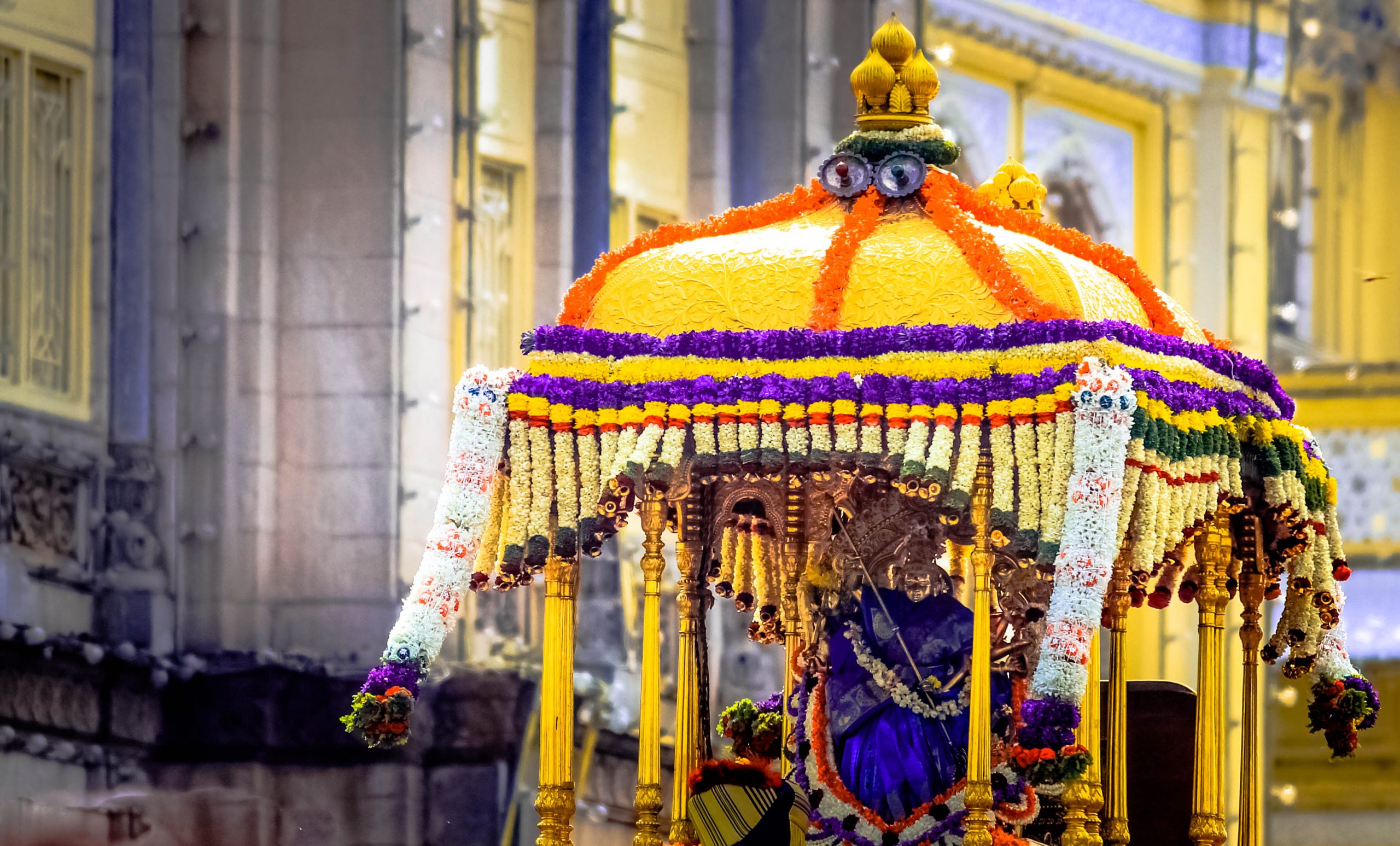
About Puri Rath Yatra
The largest chariot festival in India is the Ratha Yatra in Puri, Odisha, where thousands of people pull the Ratha. The holiday has significant spiritual significance. The Jagannath Puri Rath Yatra is considered to bring happiness and fortune to those who take part.
There are several ways that the Jagannath Puri Rath Yatra is elegant. It has been practiced for a very long time by devotees of Hinduism. This Rath Yatra has come to represent Puri and the state of Odisha. Let’s examine this procession closely to see why and how Rath Yatra is planned and observed.
History of Puri Rath Yatra
The subjects of the Jagannath Rath Yatra celebration are Lord Jagannath (Lord Krishna), his sister Goddess Subhadra, and his older brother Lord Balabhadra or Balaram. One of India’s biggest festivals, Rath Yatra draws millions of devotees who participate in the processions and ask Lord Jagannath for his blessings.
The Jagannath Rath Yatra takes place in Puri, Odisha, on the 2nd day of Ashada Shukla. It’s thought that Lord Jagannath aspires to get back to his hometown every year. The trip takes passengers through several metropolitan neighborhoods, creating a captivating scene.
Why Do We Celebrate Rath Yatra?
Hindu worshippers enjoy hearing various rath yatra tales. One of the most well-known and widely accepted legends is that the brothers were asked to kill Lord Krishna and Balram at Mathura their maternal uncle Kansa. Kansa thereupon dispatched Akrur with a chariot to Gokul. The chariot was heading for Mathura with Balram and Lord Krishna riding in it. On this day of Lord Krishna’s departure, all Krishna devotees celebrate the Rath Yatra.
The connection between Lord Krishna, Balaram, and Subhadra of Dwarka and the Rath Yatra festival is another popular mythology among followers. Mother Rohini once told the eight wives of Lord Krishna some sacred tales concerning Krishna and Gopi. But she didn’t want to share the tale.
In response to repeated demands from Lord Krishna’s wives, his mother agreed to share the tale, but she insisted that only 8 people listen, so she asked Subhadra to stand watch over the door. Subhadra is deeply fascinated as Rohini’s mother tells the story. She was so engrossed in it that she failed to realize that Lord Krishna and Balram were knocking on the door. To stop them, she stood between them while holding her hands apart.
When Saint Narad arrived at their home, he observed the three siblings with them. He prayed aloud and begged for their favor. Since they are thought to have always resided at the Puri temple and blessed their devotees, Lord Krishna, Subhadra, and Balaram.
Facts About Rath Yatra
The largest chariot event for all Hindus and Indians is the Jagannath Puri Rath Yatra. Numerous factors make it special and beautiful. Let’s look at some fascinating details concerning this large procession.
- Every year, Lord Jagannath, the supreme ruler of the universe, his eldest brother Balbhadra (Balaram), and his sister Subhadra each receive their chariot made from a Neem tree. Only wood may be used to construct these amazing chariots. It is one of the most amazing facts about the Puri Jagannath chariot.
- With a height of 44 feet, Lord Jagannath’s chariot is the tallest. His chariot is known by the name Kapiladhwaja or Garudadhwaja. It is mostly red and yellow and has a total of 16 wheels. Taladhwaja or Langaladhwaja, as Balaram’s chariot is often known, is 43 feet tall and has 14 wheels. It is generally painted in red and bluish-green. Darpadalana or Padmadhwaja, the chariot of Subhadra, is 42 feet tall and has 12 wheels. Its primary colors for decoration are red and black.
- The assembly of the chariot starts on Akshaya Tritiya, which is also known as the first day of the 42-day Chandan Yatra of Jagannath Temple.
- The Jagannath Puri Rath Yatra is a traditional ceremony that has been documented in the Brahma Purana, Padma Purana, Skanda Purana, and Kapila Samhita.
- Devotees call this process “Pahandi,” where the idols of Jagannath, Balabhadra, and Subhadra are taken out of the temple and put in the appropriate chariots. Before the start of the Rath Yatra, a ritual known as “Snana Purnima” involves bathing the idols in 109 buckets of water.
- The King uses a golden broom and water scented with sandalwood paste to sweep the roadway as part of the “Chera Pahara” ritual.
- This massive Rath Yatra, which starts at the well-known Puri temple, attracts tens of thousands of worshippers.
- In honor of the illustrious Queen of King Indradyumna, who constructed the famed Puri Temple, a temple named the “Gundicha Temple” was erected. The well-known Rath Yatra begins at the Puri Jagannath shrine and concludes at the Gundicha temple.
- On the fourth day of the procession, Lord Jagannath’s wife, Goddess Laxmi, visits him in the Gundicha temple.
- On the tenth day of Ashada Shukla Paksha, all the deities set off on their return journey. The term “Bahuda” or “Dakshinabimukhi” refers to this practice. Before returning to their various locations, they stop at the shrine dedicated to Goddess Ardhashini.
- There are two further climactic rites, Suna Besha and Adhara Pana. On the tenth day, Suna Besha is performed, and the Gods are decked out in gold jewelry. On the eleventh and last day of the yatra, there is a ceremony called Adhara Pana during which sweets are offered to the gods.
Conclusion
In India and around the world, rath yatra’s are held. However, the Puri Rath Yatra is significant in terms of religion. It stands for peace, harmony, and fraternity. Collectively, they pull the Ratha and celebrate the lucky occasion. According to Hinduism’s ‘Char Dhams’, Jagannath Temple is one of the holiest places one must visit.

